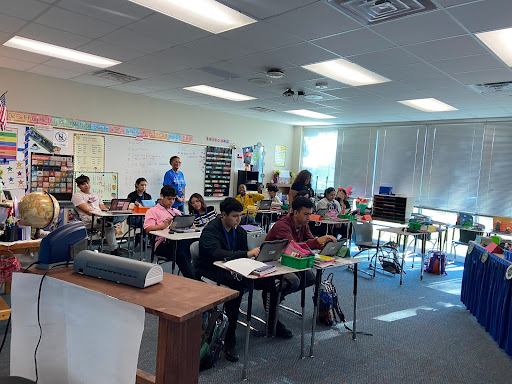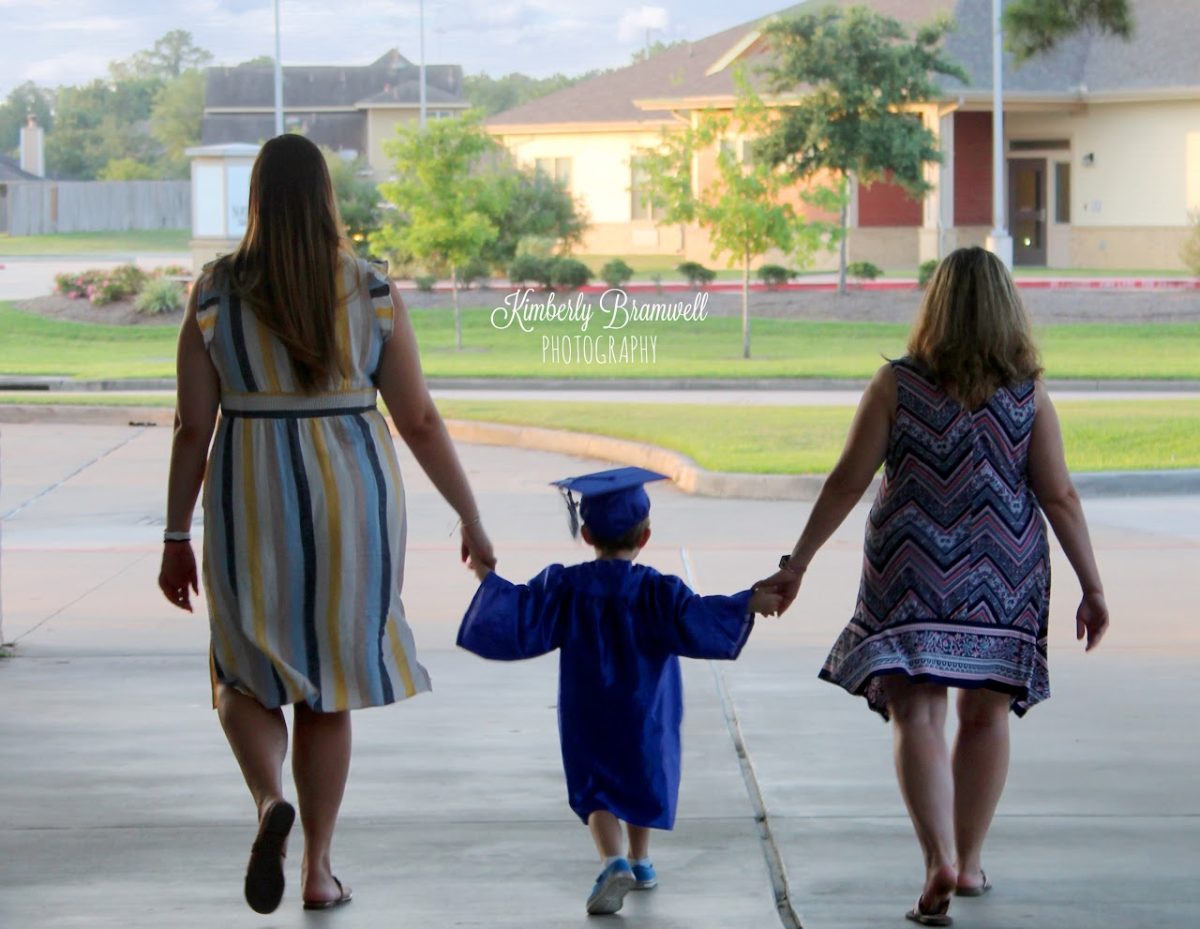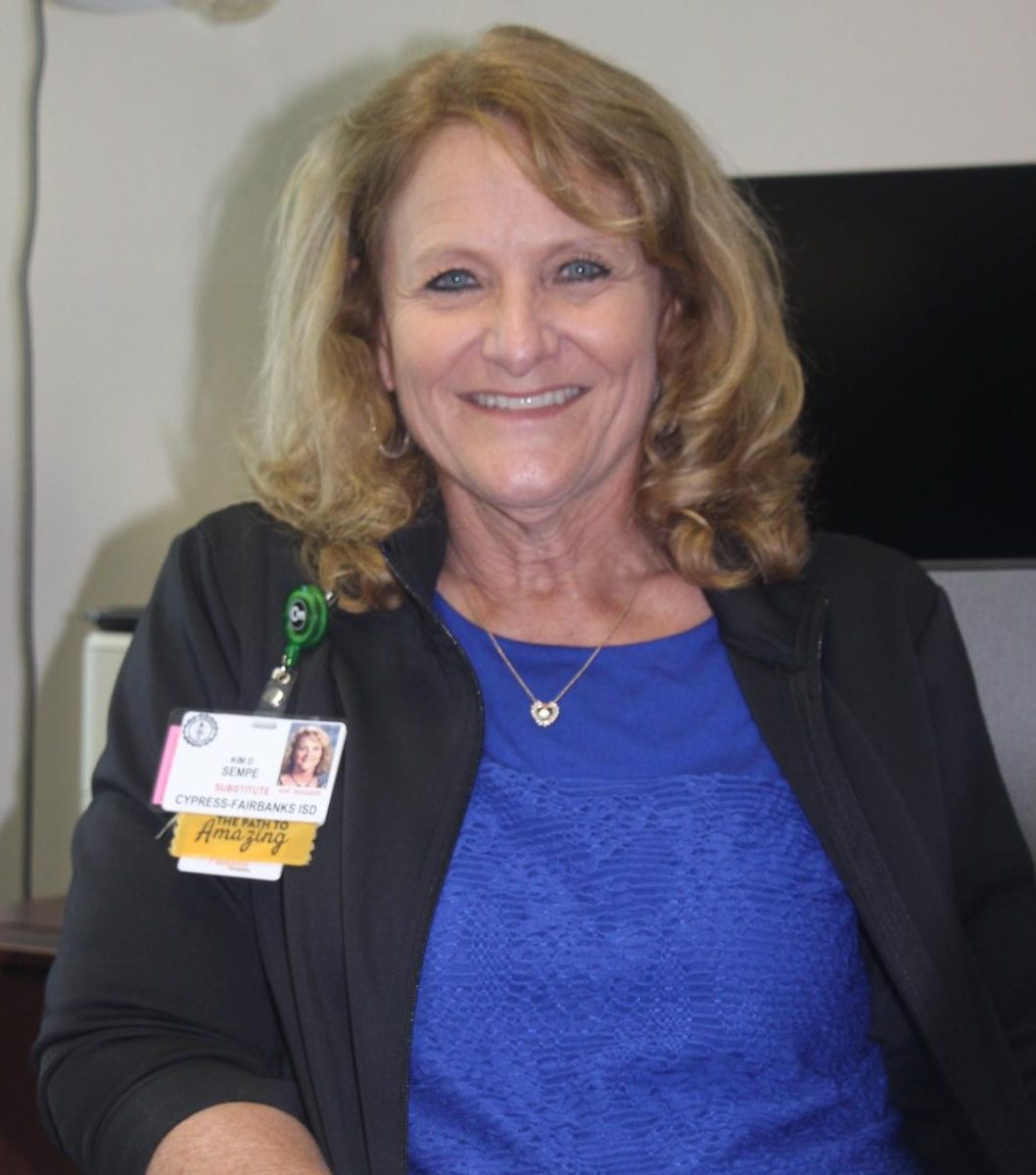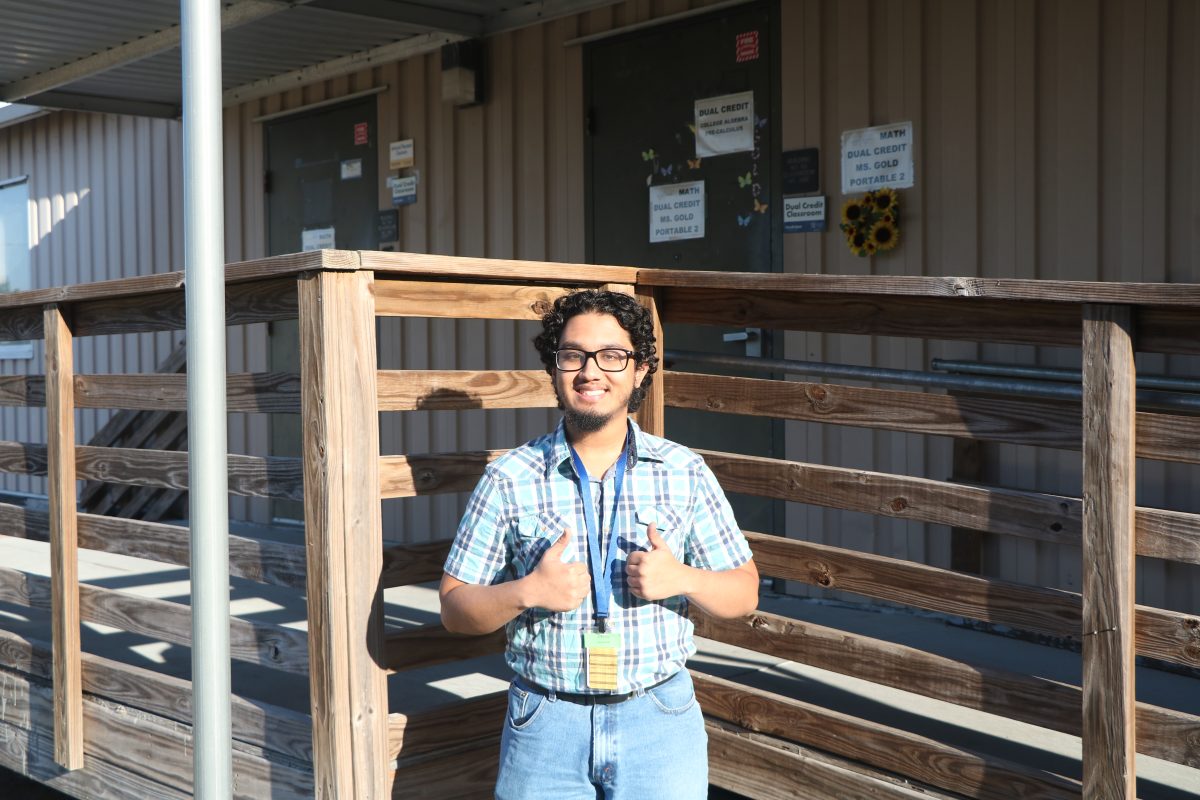Hola. Xin chào. Assalamualaikum. Bonjour. Hello. What’s in a language?
Is it the lines of script, tasteful verbiage, and spoken thought, tied in a silly string of syntax? Do punctuation and grammar transcend the literal, or is it simply an aged adage used in comfort?
According to Oxford Languages, language can be defined as “the principal method of human communication.” From an initial impression to a final farewell, language is the foundation from which society is built.
CFISD’s New Arrival Center (NAC) program ensures all students have an opportunity to learn the English language. The program is designed for students who have entered the United States within six months of enrolling in a CFISD school. Their language proficiencies are evaluated, and then a dedicated team of teachers and administrators coach NAC students to excel.
The NAC teachers include Jennifer Lewis-Cooksey with the older group of students and Amber Westbrook with the younger group of students. Lauren Hornbeak and Kelley Mooney teach NAC students Biology and Algebra, respectively.
According to Director of Instruction Krystal Love-Hoyer, the NAC program is actually an accelerated program because the kids are learning language and content at the same time. The goal for NAC students is to learn English as fast as possible.
“In three years or so, they are caught up to where their same-age peers are,” Love-Hoyer said. “It is very amazing and sometimes it also depends on how much English is spoken at home.”
NAC teachers blend English-language-learning with academic content learning.
“Imagine going to U.S. history and you’ve grown up learning Colombian history your whole life,” Love-Hoyer said. “It is definitely a challenging program for them, but the students in general tend to learn English very quickly.”
Previously, Creek NAC students receives services at nearby Cy-Fair High School. Instructional time is lost when students attend another campus due to the added travel time to and from school, but this is no longer a problem for Creek’s NAC students now that the program is hosted here on campus.
“We are very fortunate here at [Cy Creek] that we got the program this year here on campus,” Love-Hoyer said. “We don’t have to send our kids anywhere else.”
Creek will also host a special celebration next semester for its NAC students.
“At the end of the year, they used to do a big district NAC celebration,” Assistant Director of Instruction Lisa Barcellona said. “Last year they changed it. So each campus is doing their own. So in the spring, we’ll have the New Arrivals’ Celebration.”
Barcellona says NAC is an amazing program for students.
“I definitely see the difference when kids come from another school, another district, and they didn’t have that first year of that strong language English building,” Barcellona said.
Barcellona is responsible for overseeing the language assessments for all potential NAC students.
“When you enroll, you fill out a home language survey,” Barcellona said. “‘What language is spoken at home?’ ‘What language does the student speak?’ If either one of those are not English, and if you are new to Texas, then your English is assessed through LAS Links.”
LAS Links is a state language assessment. NAC students can be placed in ESOL I and II with Curriculum Coach Jessica Burnell once they have completed the program. Cyndell Campbell teaches ESOL I to students who completed the NAC program in eighth grade.
CFISD is considered an ‘Early Exit’ district, which means that there are no bilingual programs in secondary school as students are encouraged to exit out of ESL as soon as possible.
“It’s about that acceleration,” Love-Hoyer said. “We are accelerating them so that when they graduate, we hope they will exit out of the ESL program. That helps in college because then you don’t have to take some remedial courses in English and college that don’t count for credit towards your degree.”
Learning English can also be a necessity for social reasons.
“I’ve had students that have come from Russia and no else spoke their language,” Love-Hoyer said. “They were very fortunate because their parents spoke English, and so those boys moved up quickly because they had to. If you want to communicate with your peers, these new friends that you have, the only thing in common is English.”
The NAC program also offers students who share a common experience – arriving to a new country and a new school – a chance to acclimate with others who understand what they’re going through. The NAC teachers try to incorporate this shared experience into class.
“They made suitcases,” Cooksey said. “These suitcases represent everything they brought from their countries. They talk about their journeys, their memories, because we believe when you come, you have a suitcase full.”
Even when students successfully exit the NAC program, Cooksey said “they can take a part of their culture and heritage with them wherever they go.”

















